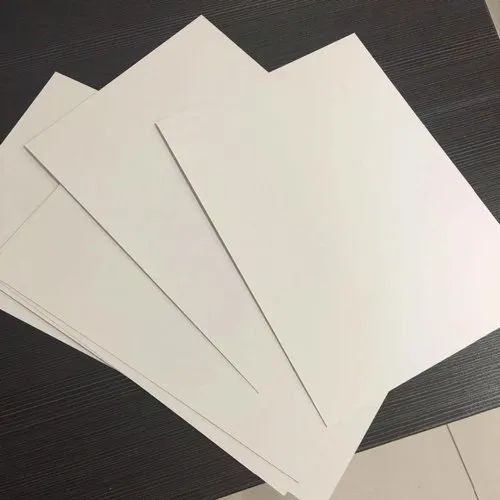In the world of printing, the choice of paper is as critical as the design itself. The right paper can enhance your print project's overall look and feel, while the wrong choice can detract from it. This article aims to guide you through the process of selecting the best paper for your printing needs, considering factors such as paper type, weight, finish, and color.
- Paper Type:
The first step in choosing the right paper is understanding the different types available. The most common types include bond paper, coated paper, uncoated paper, and specialty paper.
- Bond paper is the standard paper used in copiers and desktop printers. It's ideal for text-heavy prints like reports and letters.
- Coated paper has a smooth finish and is perfect for projects that require high-quality image reproduction, such as brochures and photographs.
- Uncoated paper, on the other hand, has a rougher feel and is best for projects where readability is key, such as books and stationery.
- Specialty paper includes textured, metallic, or colored paper, which can add a unique touch to your print project.
- Paper Weight:
Paper weight refers to the thickness of the paper. It's measured in grams per square meter (gsm). The higher the gsm, the thicker and sturdier the paper. For instance, standard office paper usually has a weight of 80gsm, while business cards often use 350gsm paper. The choice of paper weight depends on the purpose of your print project.
- Paper Finish:
The finish of the paper can significantly impact the final look of your print. Glossy finish, for instance, gives a shiny and vibrant look, making it ideal for photo printing. Matte finish, on the other hand, provides a more subdued and professional look, perfect for business documents and presentations.
- Paper Color:
While white is the most common color for printing paper, colored paper can be used to make your print project stand out. However, it's essential to consider how the paper color will interact with the colors in your design.
- Environmental Considerations:
In today's eco-conscious world, it's also important to consider the environmental impact of your paper choice. Look for papers that are recycled or FSC certified, which means they come from responsibly managed forests.
In conclusion, the best paper for printing depends on the specific requirements of your project. By considering the type, weight, finish, and color of the paper, as well as its environmental impact, you can ensure that your print project not only looks great but also aligns with your values.
